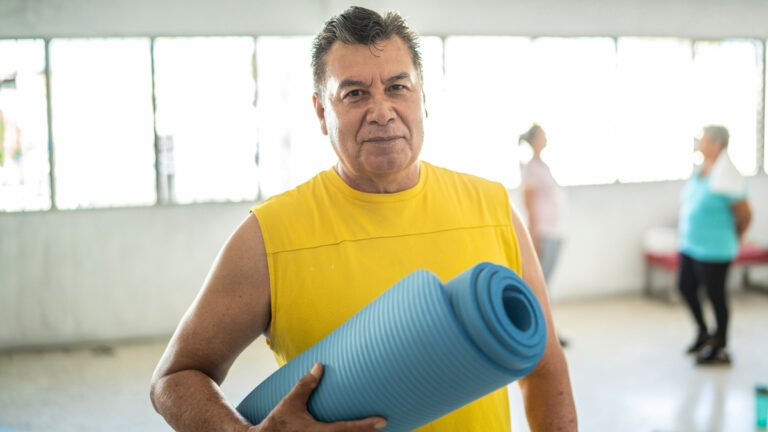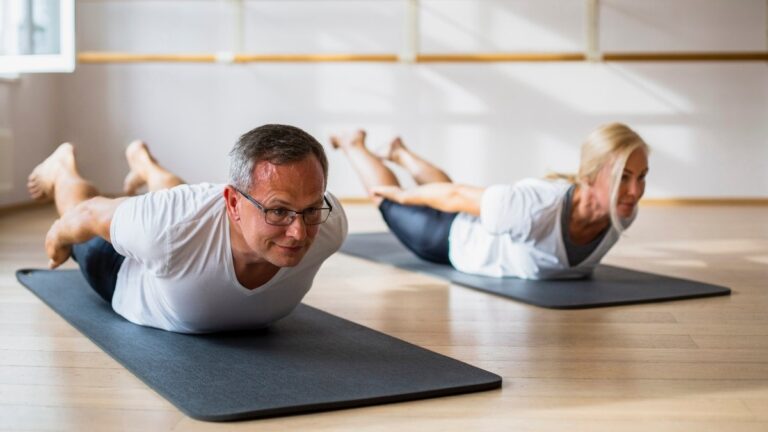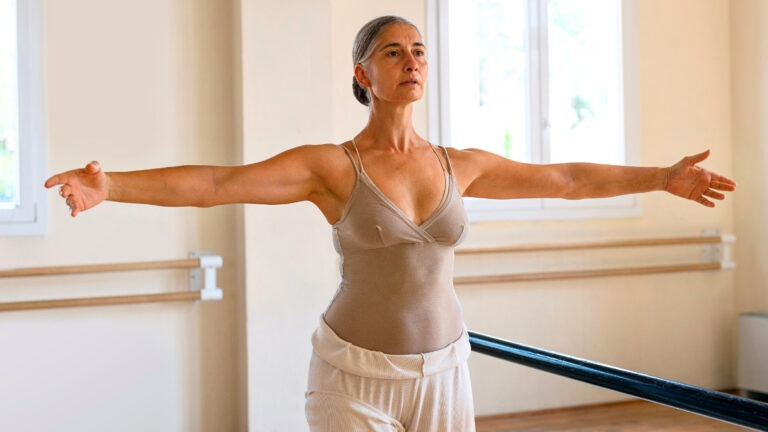How to Train Your Upper Body at Home: A Beginner’s Guide to 4 Essential Exercises
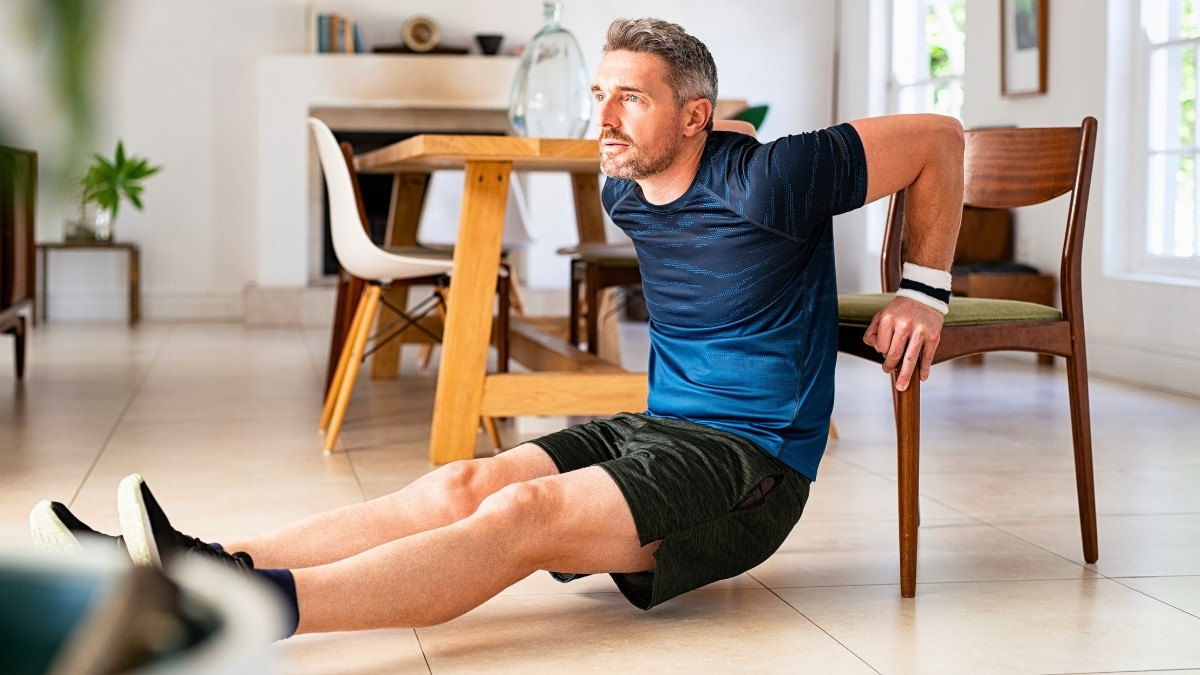
Building upper body strength doesn’t require expensive gym equipment or complicated machines. In fact, some of the most effective exercises use nothing more than your own bodyweight. This approach is ideal for beginners who want to develop proper form, build foundational strength, and gain confidence before progressing to weighted exercises.
Bodyweight training offers unique advantages that make it accessible to everyone. You can work out anywhere—your living room, bedroom, or backyard—without worrying about gym memberships or equipment costs. More importantly, these exercises teach you to control your own body through space, developing coordination and muscle awareness that will serve you well in any future fitness endeavors.
For those who find gyms intimidating or simply prefer the privacy of home workouts, bodyweight exercises provide the perfect starting point. You’ll learn to engage your core properly, maintain good posture, and execute movements with control—all essential skills that transfer to every aspect of fitness.
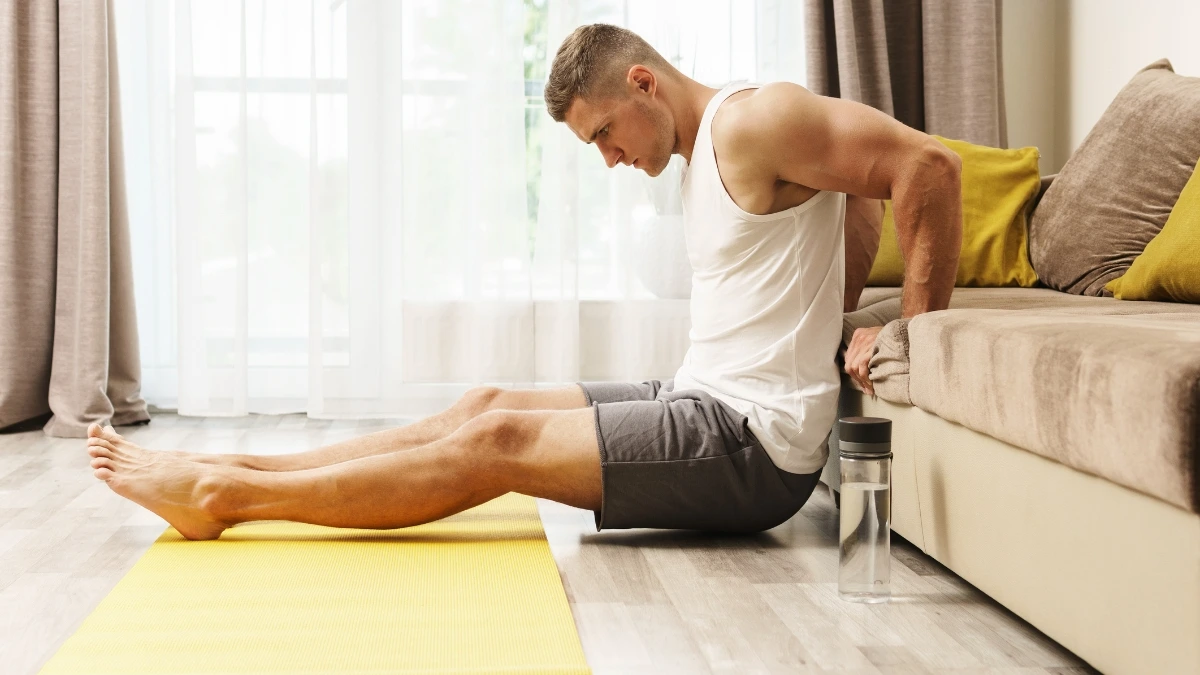
The 4-Move Upper Body Workout
This straightforward routine targets all major muscle groups in your upper body: chest, back, shoulders, and arms. The workout follows a simple straight-sets format, making it easy to track your progress and stay focused.
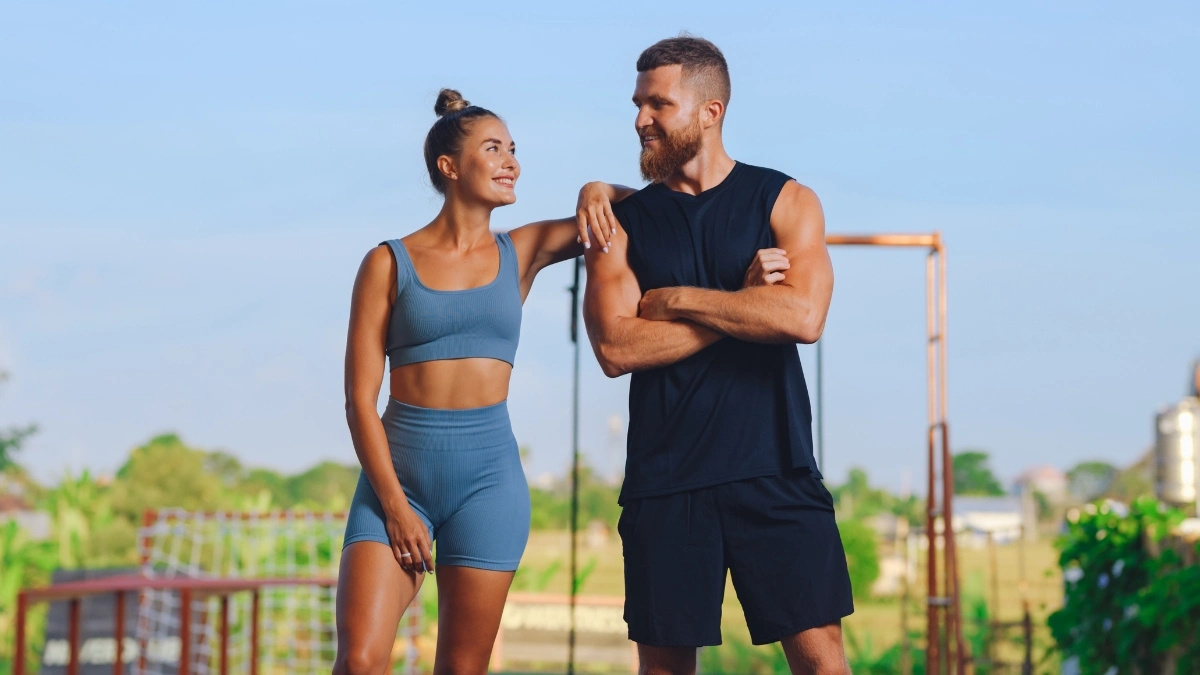
Workout Structure
Complete three sets of each exercise before moving to the next one. Start with 8 repetitions per set if you’re new to exercise, and gradually increase to 12 reps as you build strength. Rest as needed between sets—typically 30 to 60 seconds is sufficient for beginners.
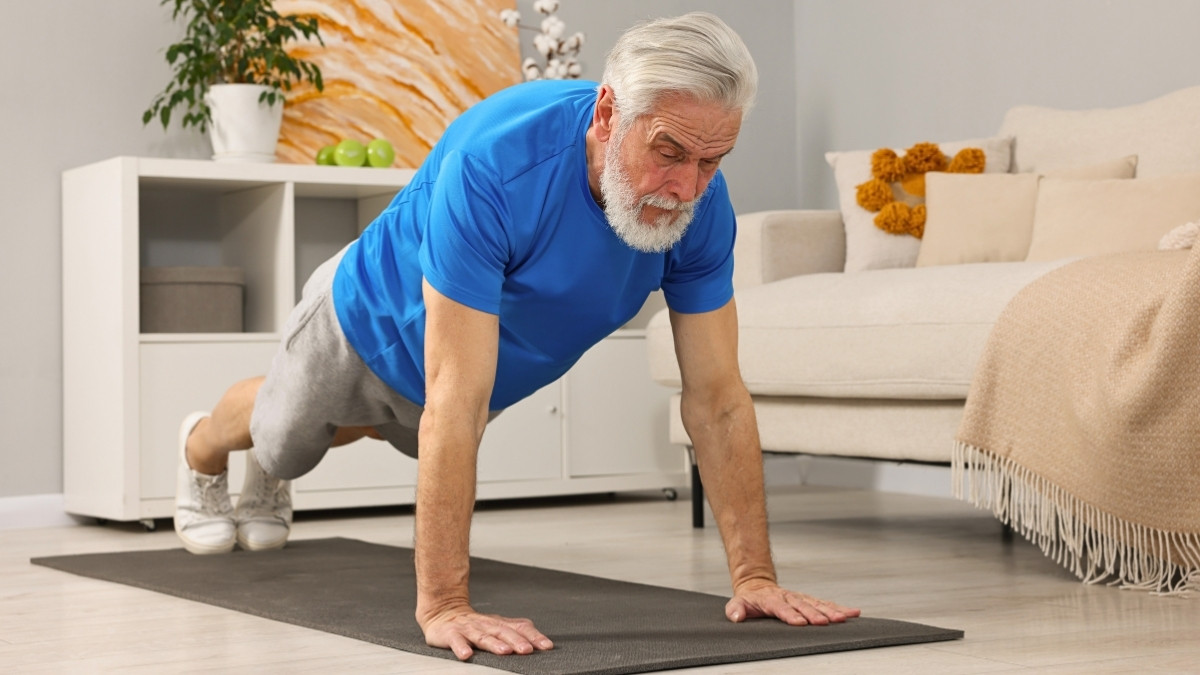
Pro tip: As you get stronger, slow down the lowering phase of each exercise. This “eccentric” portion builds strength more effectively than rushing through movements.
Exercise 1: Walking Plank (3 sets × 8-12 reps)
What It Works
Core, shoulders, chest, and arms
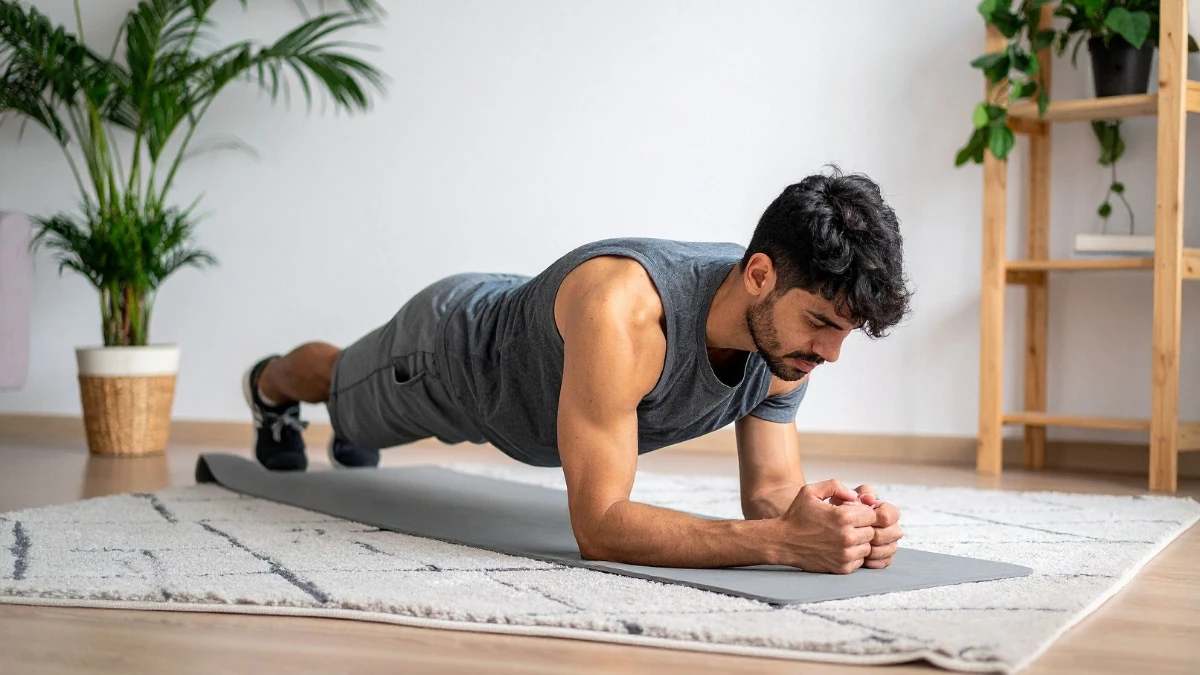
How to Perform
This dynamic plank variation builds strength and stability by transitioning between forearm and high plank positions, challenging your core to resist rotation while your arms do the work.
Tips:
- Start in a forearm plank with elbows directly under shoulders and feet hip-width apart
- Engage your core and maintain a straight line from head to heels throughout
- Place your left hand flat under your left shoulder and press up to straighten that arm
- Follow with your right hand to reach a full high plank position
- Reverse the movement by lowering back to forearms one arm at a time
- Alternate which arm leads with each repetition
- Keep your hips level and stable—avoid swaying or rotating your torso
- Brace your core to prevent your lower back from sagging
Exercise 2: Superman with W Hold (3 sets × 8-12 reps)
What It Works
Upper back, lower back, shoulders, and glutes
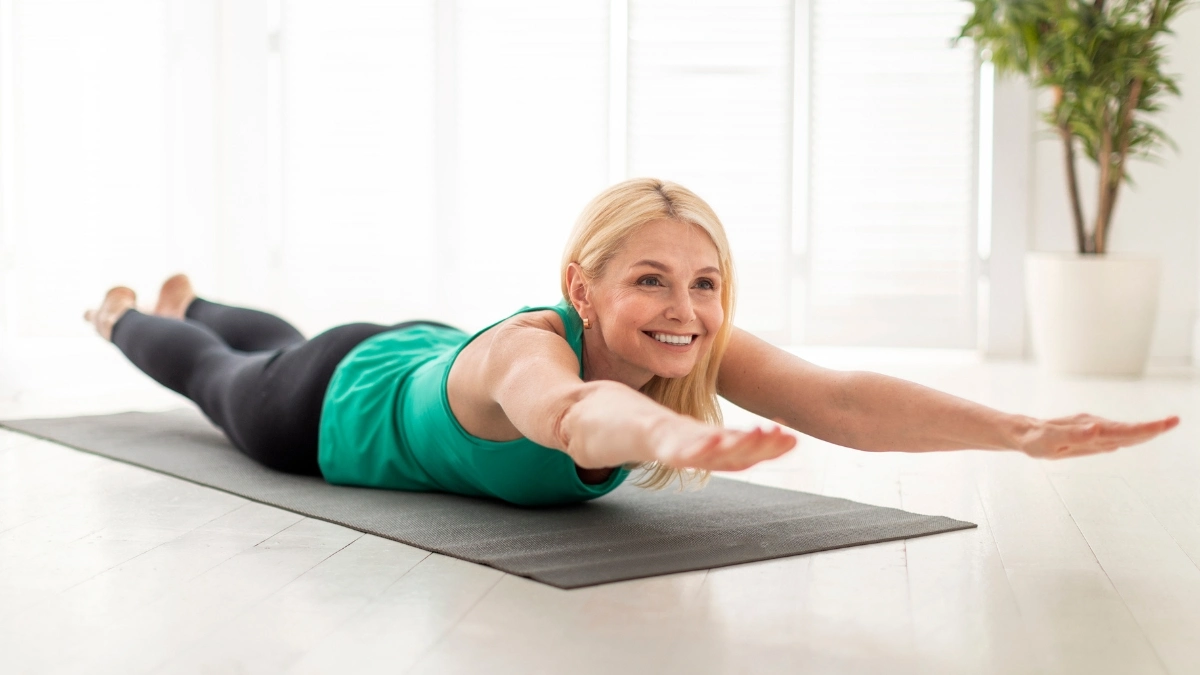
How to Perform
This posterior chain exercise strengthens your back and improves posture by creating a powerful contraction through your entire back body while holding a challenging arm position.
Tips:
- Lie face-down with arms extended in front of you, palms down, and legs stretched out behind
- Take a deep breath and engage your core muscles
- Simultaneously lift your chest, arms, and legs off the ground
- Bend your elbows and pull them back toward your sides, creating a “W” shape with your arms
- Keep your palms facing down throughout the movement
- Squeeze your shoulder blades together and hold for 2-3 seconds
- Focus on feeling the muscles between your shoulder blades working
- Slowly lower everything back to the starting position with control
- Avoid arching your neck—keep your gaze toward the floor
Exercise 3: Triceps Dip (3 sets × 8-12 reps)
What It Works
Triceps, shoulders, and chest
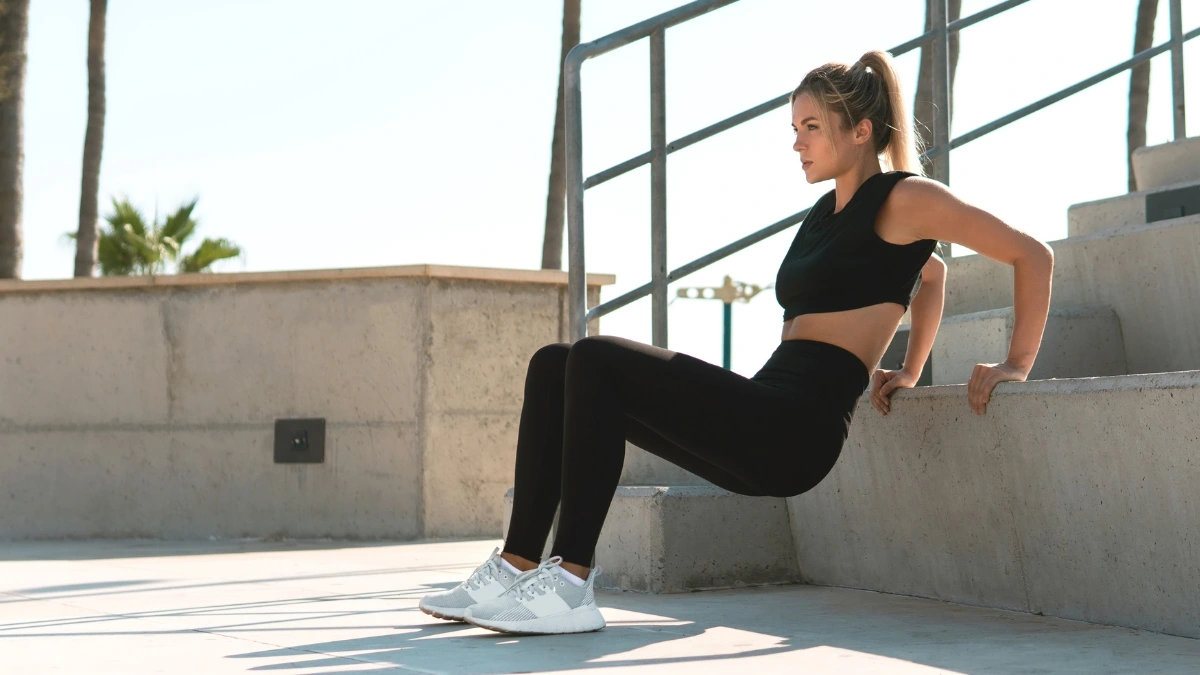
How to Perform
This classic bodyweight exercise targets the back of your arms while also engaging your shoulders and chest, using a bench or chair for support.
Tips:
- Sit on the edge of a sturdy bench or chair with hands gripping the edge beside your hips
- Place your palms facing down with fingers pointing toward your feet
- Slide your hips forward off the surface while keeping feet flat on the floor
- Keep your knees bent at roughly 90 degrees
- Bend your elbows to lower your body downward, keeping your back close to the edge
- Lower yourself until your upper arms are parallel to the floor or elbows reach about 90 degrees
- Press through your palms to straighten your arms and return to the starting position
- Keep your shoulders away from your ears throughout the movement
- Avoid locking out your elbows at the top of the movement
- The closer your feet are to the bench, the easier the exercise becomes
Exercise 4: Bodyweight Renegade Row (3 sets × 8-12 reps)
What It Works
Back, core, and shoulders
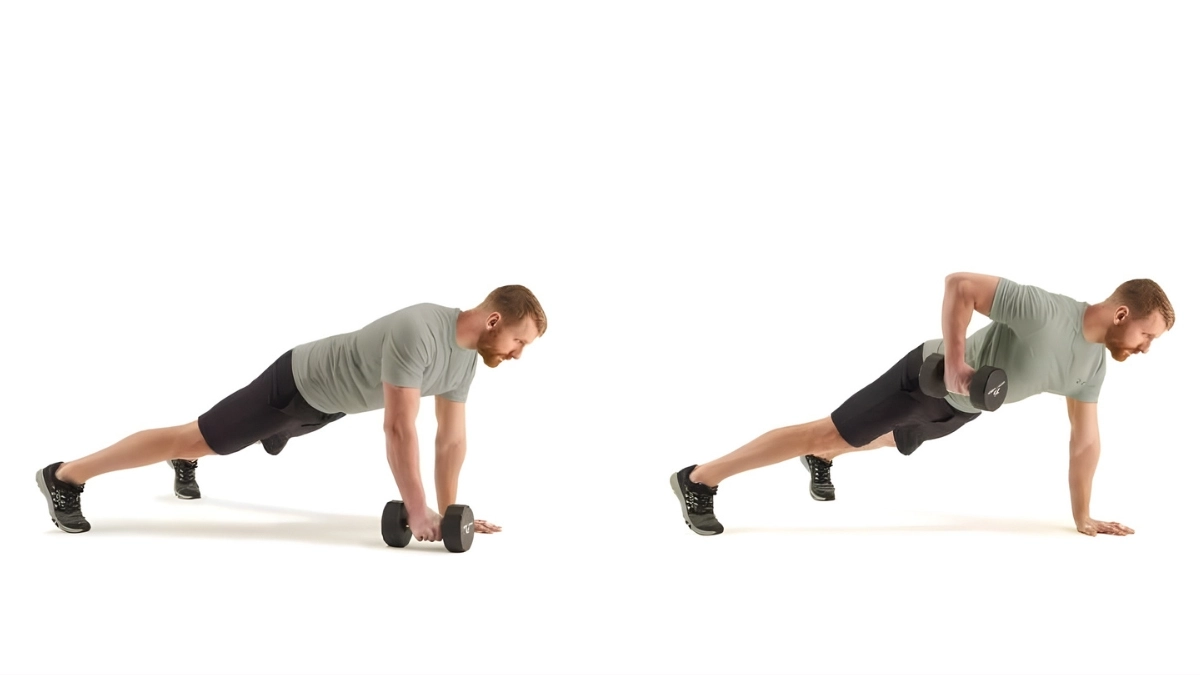
How to Perform
This challenging exercise combines core stability with back strength, requiring you to resist rotation while performing a rowing motion from a plank position.
Tips:
- Begin in a high plank with hands directly under shoulders and feet hip-width apart
- Form a straight line from your head to your heels
- Engage your core and pull your shoulder blades back slightly for stability
- Keep your hips as level as possible throughout the entire movement
- Lift one hand off the ground by driving your elbow up toward your torso
- Imagine pulling your hand toward your hip pocket
- Pause briefly at the top of the movement
- Lower your hand back to the floor with control
- Repeat on the opposite side, alternating arms with each rep
- Your hips shouldn’t rotate or sag as you row—maintain that stable torso
- If this is too challenging, widen your feet for more stability
Tips for Success
Start conservatively. Begin with the lower end of the rep range (8 reps) and focus on performing each exercise with proper form. Perfect practice builds perfect movement patterns.
Listen to your body. Some muscle fatigue is normal, but sharp pain is not. If something doesn’t feel right, stop and reassess your form or choose a modification.

Stay consistent. Aim to perform this workout two to three times per week, allowing at least one rest day between sessions. Your muscles need time to recover and grow stronger.
Track your progress. Keep a simple workout log noting how many reps you completed for each set. Watching your numbers improve over weeks is incredibly motivating.
Breathe properly. Never hold your breath during exercises. Exhale during the exertion phase (pushing or pulling) and inhale during the easier phase.
What’s Next?
Once you can comfortably complete three sets of 12 reps for each exercise with good form, you’re ready to progress. You might add more challenging variations of these movements, incorporate resistance bands for added difficulty, or invest in a basic set of dumbbells to continue building strength.

The beauty of starting with bodyweight exercises is that you’re building a solid foundation of strength, coordination, and body awareness. These qualities will serve you well no matter where your fitness journey takes you next. For now, focus on mastering these four essential movements, and enjoy the process of becoming stronger one workout at a time.

